
Tile
Subway Tile Pattern Guide: Vertical, Herringbone & More
11.15.2025

In This Article
Subway tile is one of those rare design elements that feels both familiar and endlessly adaptable. Its clean shape and classic proportions make it a favorite for kitchens, bathrooms, and entryways alike.
While most people picture the traditional “brick” layout—a simple staggered grid running horizontally—there are actually dozens of creative ways to arrange these tiles. Each variation changes how light moves across the surface, how large or intimate the room feels, and how much attention the tile design commands. Whether you’re restoring a timeless kitchen backsplash or transforming a bathroom wall into a statement feature, the pattern you choose can completely redefine the space.
Bring Your Dream Bathroom to Life

What it is: The traditional offset pattern places each tile so that its edge lines up with the center of the tile directly above and below. This repeating half‑stagger creates a balanced, rhythmic wall that feels timeless and highly adaptable. It’s an effortless choice that pairs beautifully with everything from farmhouse sinks to sleek modern cabinetry.
 View this Bronx kitchen in full
View this Bronx kitchen in full
Good for: The offset pattern conceals imperfect walls and works particularly well in spaces where simplicity is key. It brings subtle visual texture to kitchen backsplashes and full‑height shower walls without distracting from other materials or finishes.
Block tip: If you’re using standard white subway tile, consider dark or colored grout to accentuate the offset pattern. It adds contrast while keeping the design classic.
.jpg?width=800&height=1200&name=d4083b33-3ef1-4b4b-9ff7-0d9619370b04%20(1).jpg) Find inspiration in this kitchen backsplash
Find inspiration in this kitchen backsplash
What it is: A vertical subway tile layout turns the traditional direction on its end—literally. Tiles are installed upright, creating long, clean lines that guide the eye upward. The vertical rhythm lends a sleek, contemporary feel that’s especially welcome in compact or low‑ceilinged rooms.
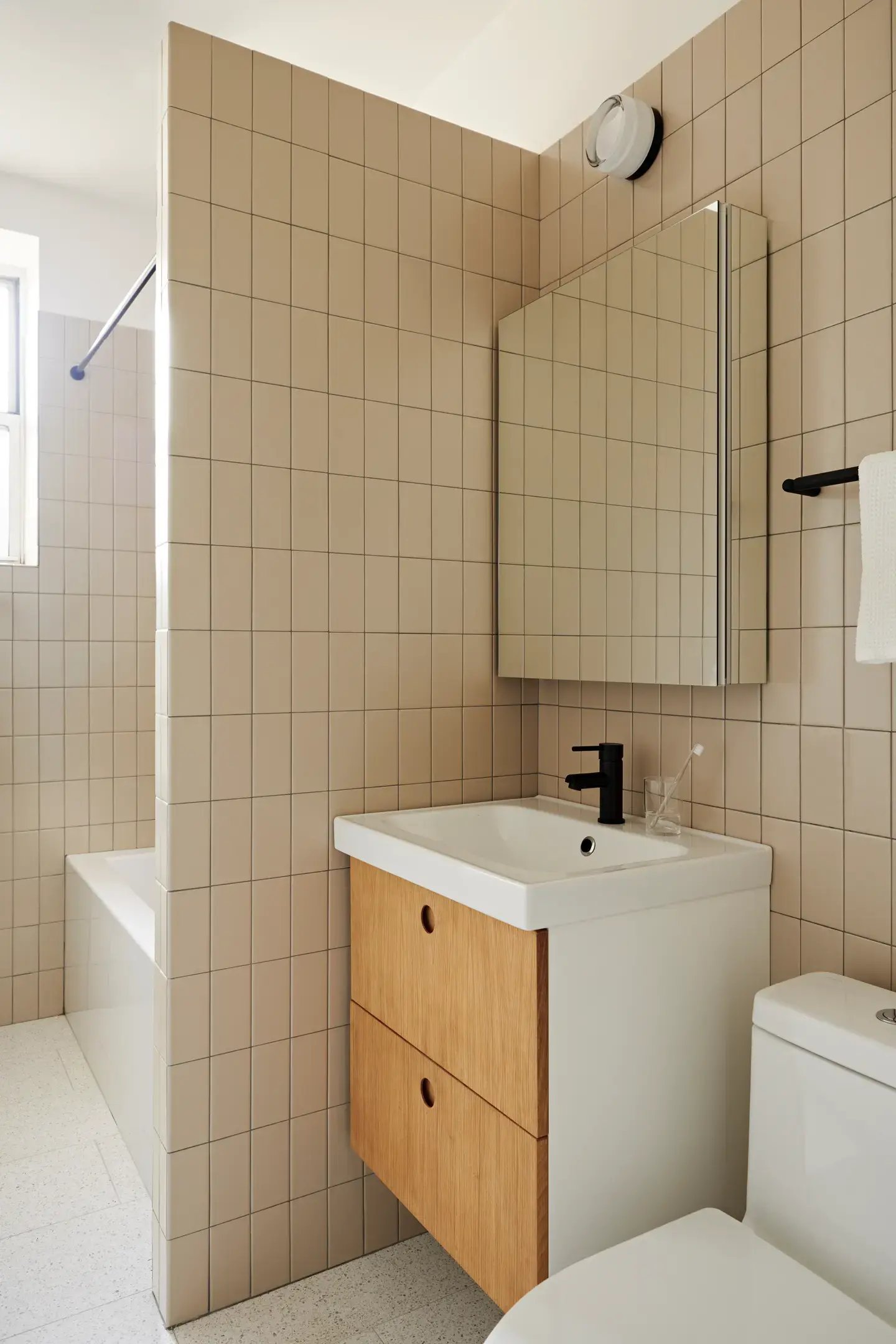
See how vertical tiles define this Brooklyn bathroom
Good for: This subway tile pattern is ideal for narrow bathrooms, small laundry rooms, or kitchens that need a visual lift. This layout elongates walls, making them feel taller and lighter.
Block tip: Try stacking rather than staggering your vertical tiles for an ultra‑modern, architectural effect. This works especially well with matte or textured finishes.
 View the tilework in this contemporary bathroom
View the tilework in this contemporary bathroom
What it is: A herringbone pattern arranges rectangular subway tiles at a right or 45‑degree angle so they interlock in a zigzag formation. The result is a sense of movement and craftsmanship that feels both tailored and organic. The light reflects differently from every angle, creating subtle variation across the surface.
 See how the Herringbone pattern adds visual intrigue
See how the Herringbone pattern adds visual intrigue
Good for: Herringbone makes a striking statement behind vanities, in shower niches, or as a backsplash accent. It infuses flat surfaces with energy and can bridge the gap between modern and traditional styles.
Block tip: Use smaller, thinner tiles for herringbone designs if your goal is a softer texture. Larger tiles can make the pattern bolder and more graphic.
 See the tilework in this small, modern bathroom
See the tilework in this small, modern bathroom
What it is: Chevron tiles meet at precise angles to form continuous V‑shaped peaks. Unlike herringbone, the tile edges connect seamlessly for a fluid, undisturbed line. It’s sharp, dynamic, and instantly energizing.
Good for: Add chevron as an accent pattern behind a cooktop, vanity mirror, or along a feature wall. The design draws focus while maintaining a streamlined look.
Block tip: Use tiles cut specifically for chevron installation to achieve sharp, consistent joints. Improvised cuts can disrupt the flow of the pattern.
What it is: The stacked layout aligns tiles both horizontally and vertically with no staggering, forming a crisp grid. This look feels clean, minimal, and slightly futuristic—perfect for modern interiors with an emphasis on balance and restraint.
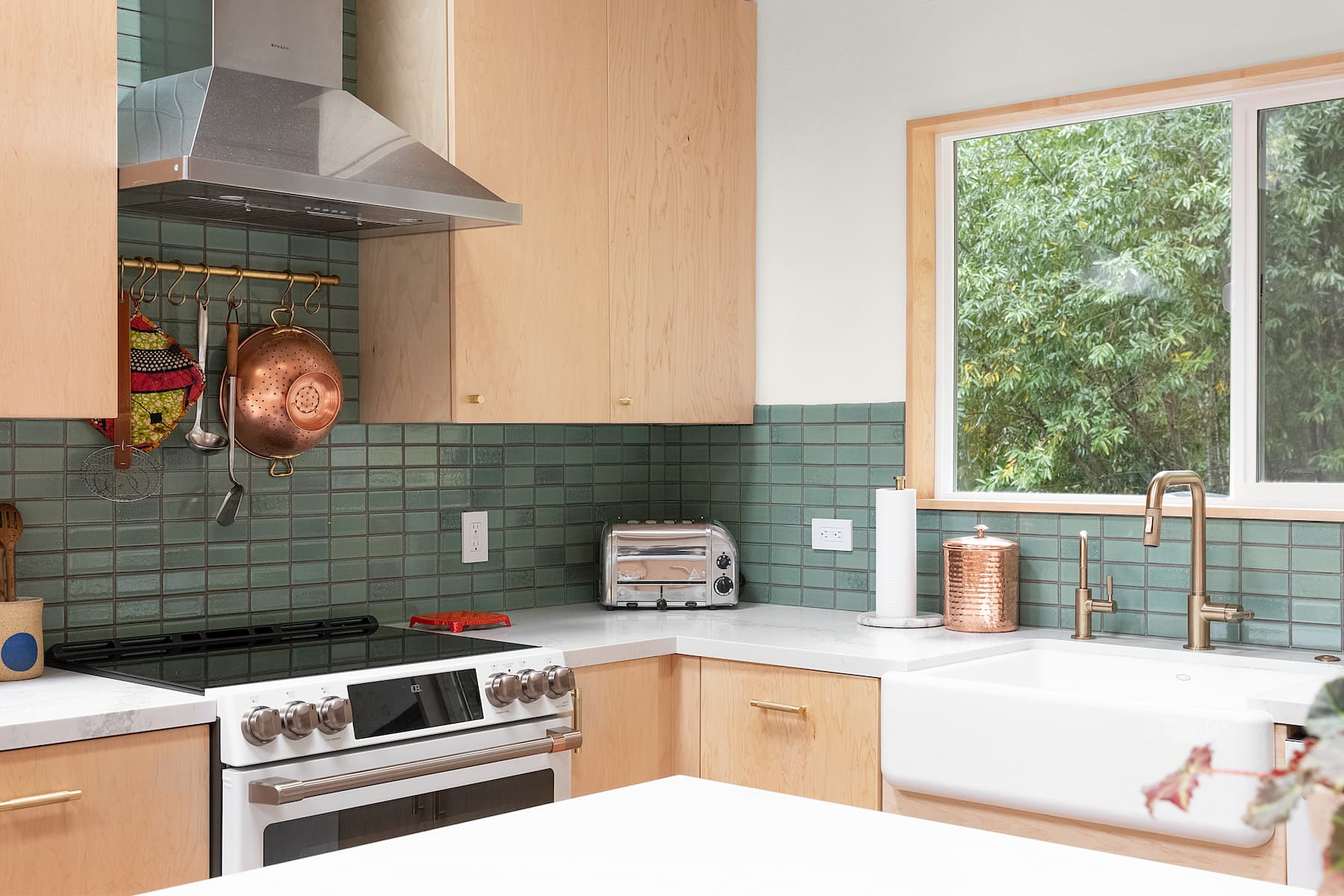
See this contemporary kitchen from all angles
Good for: A stacked layout shines in contemporary kitchens, minimalist bathrooms, and anywhere you want to highlight uniformity and symmetry. It also provides a calm backdrop for bold fixtures or décor.
Block tip: If your cabinets or fixtures have sharp, linear detailing, match the tile orientation for consistency. It helps create a sense of quiet order and sophistication.
 Find inspiration in this large kitchen remodel
Find inspiration in this large kitchen remodel
What it is: The basket weave design alternates tiles horizontally and vertically in pairs or trios, mimicking woven fibers. The pattern creates gentle movement that adds depth without overpowering.
Good for: This layout is a smart way to add personality to transitional or cottage-style interiors. Basket weave also works beautifully on smaller surface areas like backsplashes or shower floors.
Block Tip: Pair the basket weave pattern with natural finishes such as marble, stone, or warm-toned grout to emphasize its handcrafted aesthetic.
Mixing subway tile patterns can create depth and visual interest—but it works best when you give the eye room to rest. Overly intricate combinations can overwhelm a space, especially in smaller kitchens or bathrooms. A thoughtful approach keeps it polished rather than chaotic.
 See how this modern shower mixes tile patterns and size
See how this modern shower mixes tile patterns and size
The material you choose for your subway tile will shape both the function and feel of your space. Some materials are built for durability and moisture resistance, while others offer a handcrafted, decorative look. The key is finding the right balance between performance and personality—ensuring your design not only looks beautiful but also stands up to daily use.
|
Material |
Key Traits |
Best Used For |
Things to Keep in Mind |
|
Ceramic |
Lightweight, affordable, and easy to install. |
Walls, backsplashes, and low‑moisture zones. |
Prone to chipping if struck; not ideal for heavy floor traffic. |
|
Porcelain |
Dense, durable, and water‑resistant. |
Showers, bathroom walls, and kitchen backsplashes. |
Slightly harder to cut and may require professional installation. |
|
Glass |
Reflective surface brightens spaces. |
Backsplashes or accent strips for light play. |
Shows fingerprints easily and requires smooth wall surfaces for best finish. |
|
Natural Stone (Marble, Travertine, Limestone) |
Adds texture, depth, and a luxurious warmth. |
Feature walls or statement backsplashes. |
Needs regular sealing to resist moisture and stains. |
|
Handmade or Zellige Tile |
Rich color variation and artisanal texture. |
Statement walls, niches, or accent strips. |
Uneven edges and glaze variation give charm but need careful layout planning. |
Grout color can shift the entire mood of your tile design. Match grout for a seamless, monochromatic appearance or use a contrasting hue to highlight each tile’s geometry. Light grout lines make spaces feel larger, while dark grout adds definition. Test combinations on a sample board under your room’s lighting before deciding.
Perfect Every Detail of Your Bathroom

The direction and size of your tiles matter almost as much as the pattern itself. Larger tiles can make a small area feel more expansive, while smaller ones emphasize texture and detail. Experiment with orientation—horizontal for width, vertical for height, or diagonal for dynamic energy. Always consider how the pattern interacts with existing architectural lines in your space.
Mixing glossy and matte finishes can subtly define zones within a kitchen or bathroom. Glossy tiles reflect light and open up compact spaces; matte ones bring a soft, natural touch. Combining both within a neutral palette balances warmth and refinement without excess contrast.
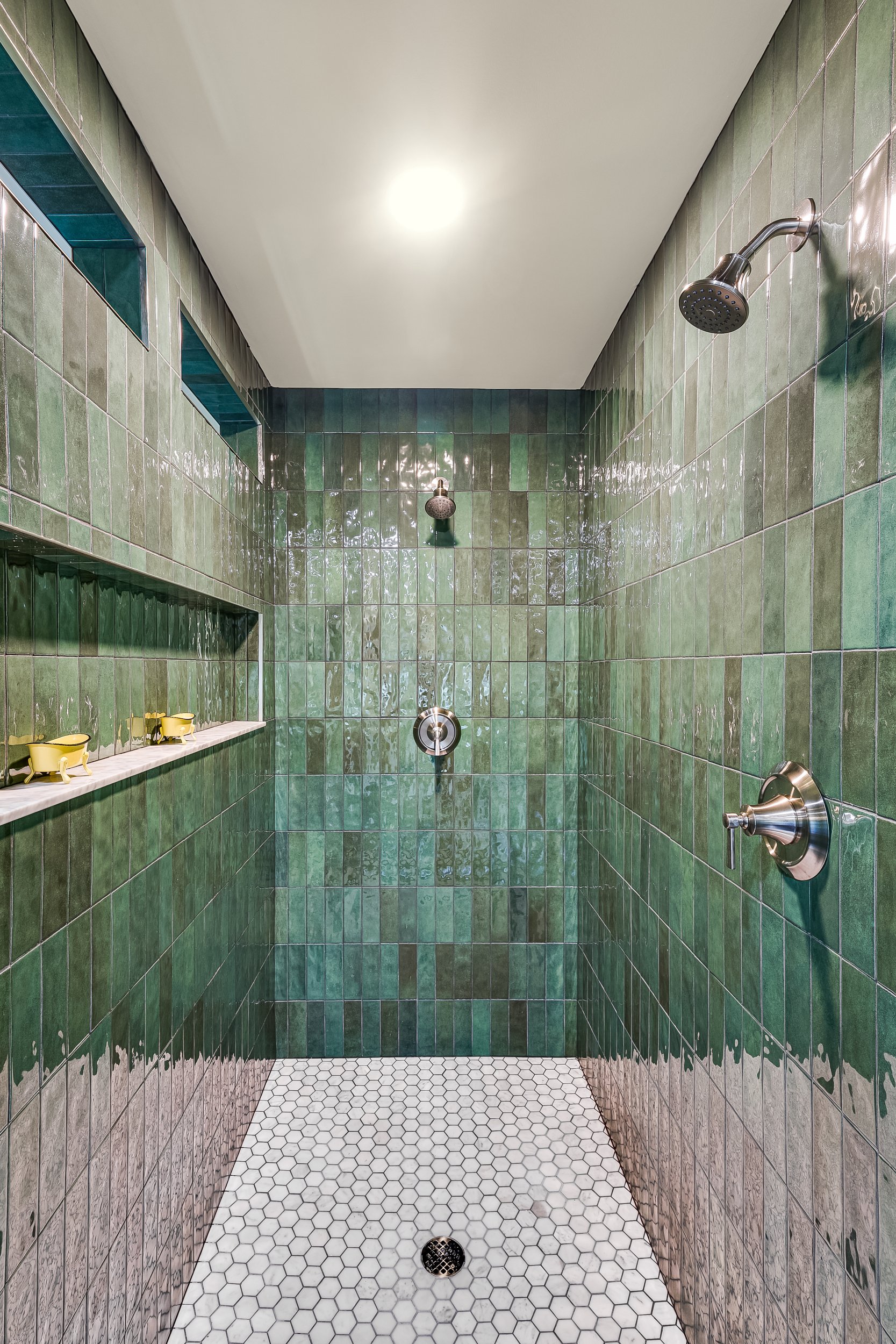
See how gloss and color variance dress up these subway tiles
Tile work is precise—you need an installer who pays close attention to detail, understands pattern alignments, and can deliver clean, even grout lines. The best contractors don’t just install—they collaborate, helping finalize layout decisions and avoid costly errors before work begins. When comparing professionals, review past project photos, confirm experience with your intended pattern, and ask how they approach layout planning before cutting materials.
Selecting the right contractor ensures the tile you’ve chosen—no matter the pattern—looks cohesive, well aligned, and timeless once the grout sets.
Remodel with confidence through Block
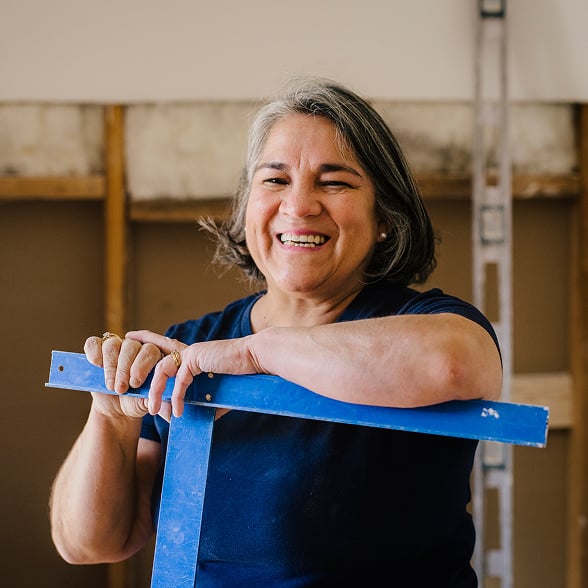
Connect to vetted local contractors
We only work with top-tier, thoroughly vetted contractors

Get expert guidance
Our renovation consultants offer expert advice, scope review, and ongoing support as needed
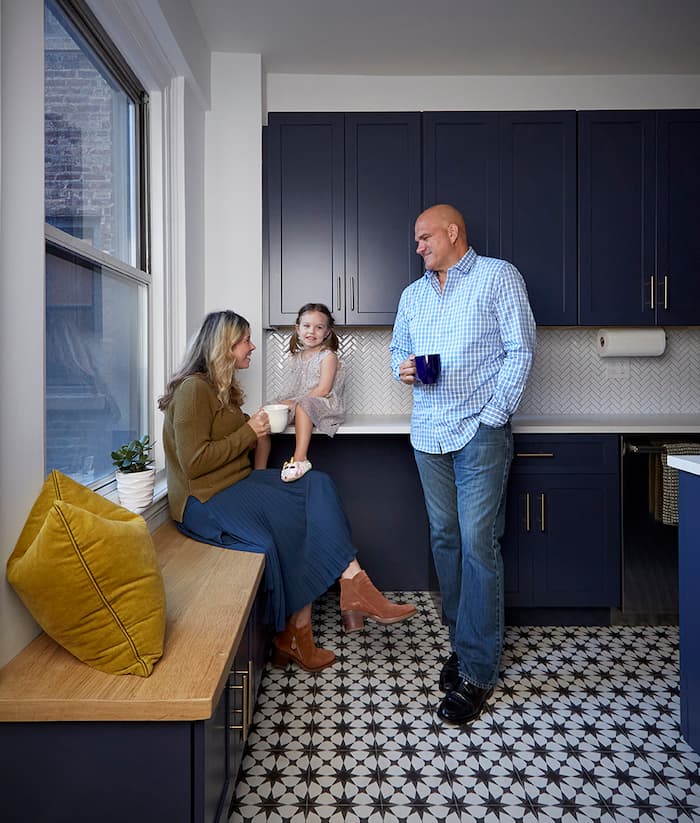
Enjoy peace of mind throughout your renovation
Secure payment system puts you in control and protects your remodel
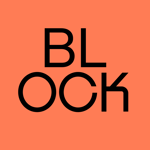
Written by Block Renovation
Are some subway tile patterns more labor-intensive than others?
What tile size works best for subway patterns?
Is it difficult to install a herringbone or chevron tile pattern?
How do I choose grout finish for high‑maintenance areas like kitchens or showers?
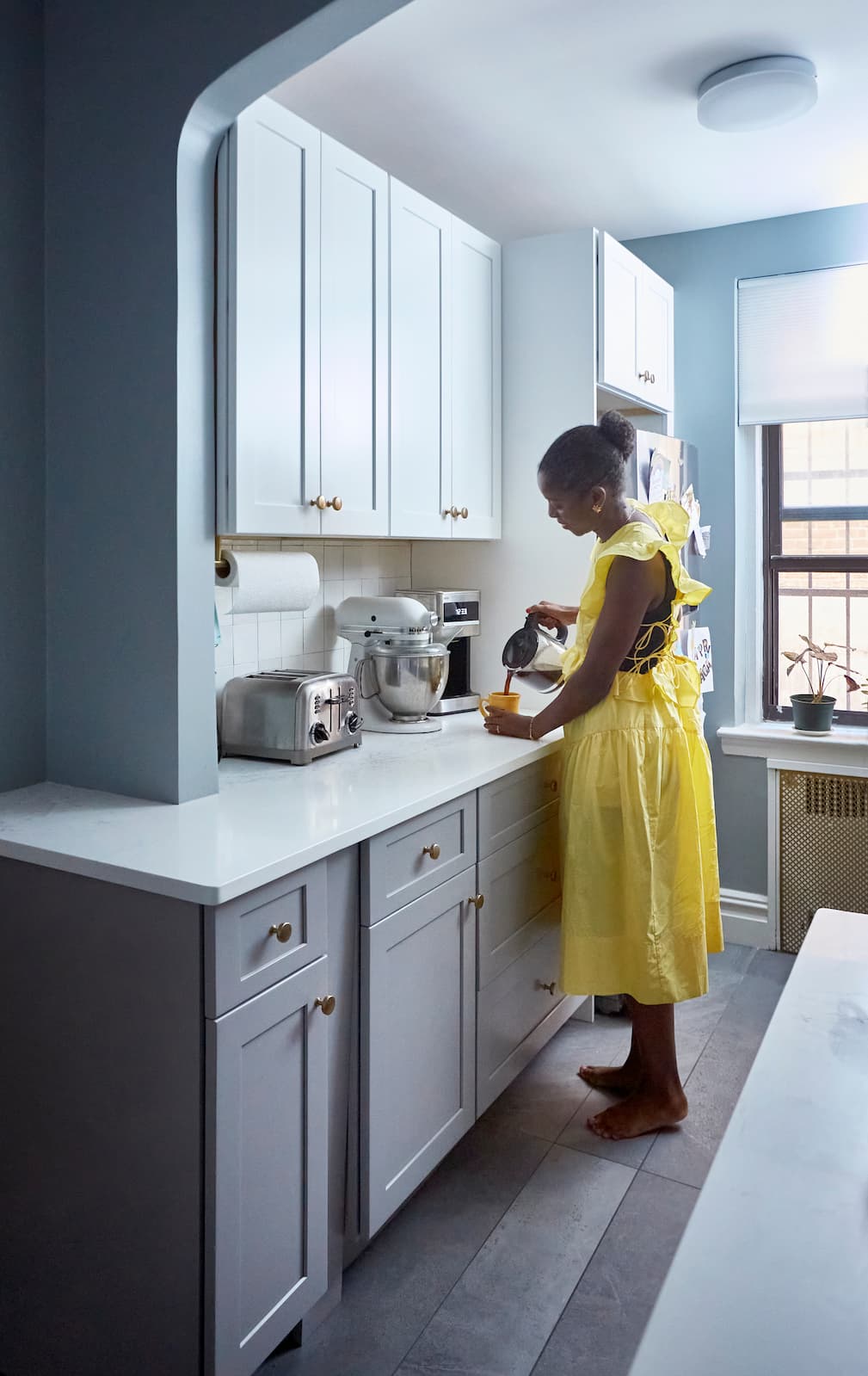
Renovate confidently with Block
Easily compare quotes from top quality contractors, and get peace of mind with warranty & price protections.
Thousands of homeowners have renovated with Block

4.5 Stars (100+)

4.7 Stars (100+)

4.5 Stars (75+)

Tile
Subway Tile Pattern Guide: Vertical, Herringbone & More
11.15.2025

Tile
Natural Stone Kitchen Flooring: Tile Types, Cleaning Tips & Design
10.13.2025
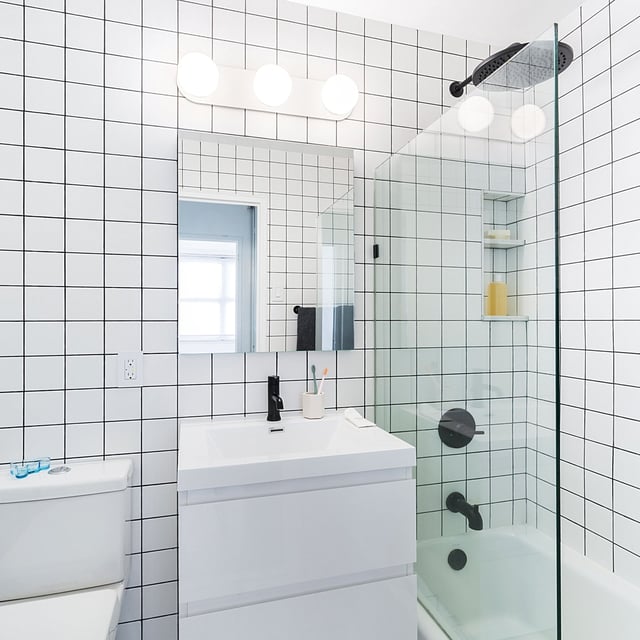
Tile
Grout Color Guide: Enhancing White and Colored Tiles
08.27.2025
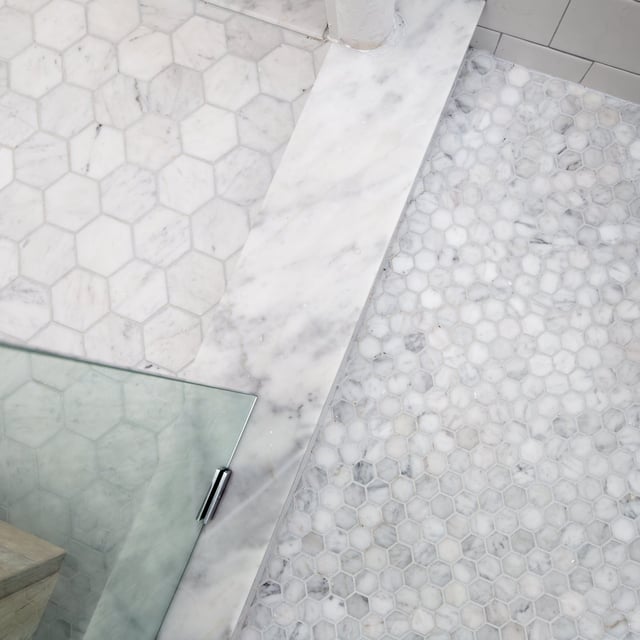
Tile
Best Materials for Bathroom Floor Tiles
08.21.2025

Tile
Mixing Bathroom Tiles for a Contemporary Look
08.21.2025
Renovate confidently